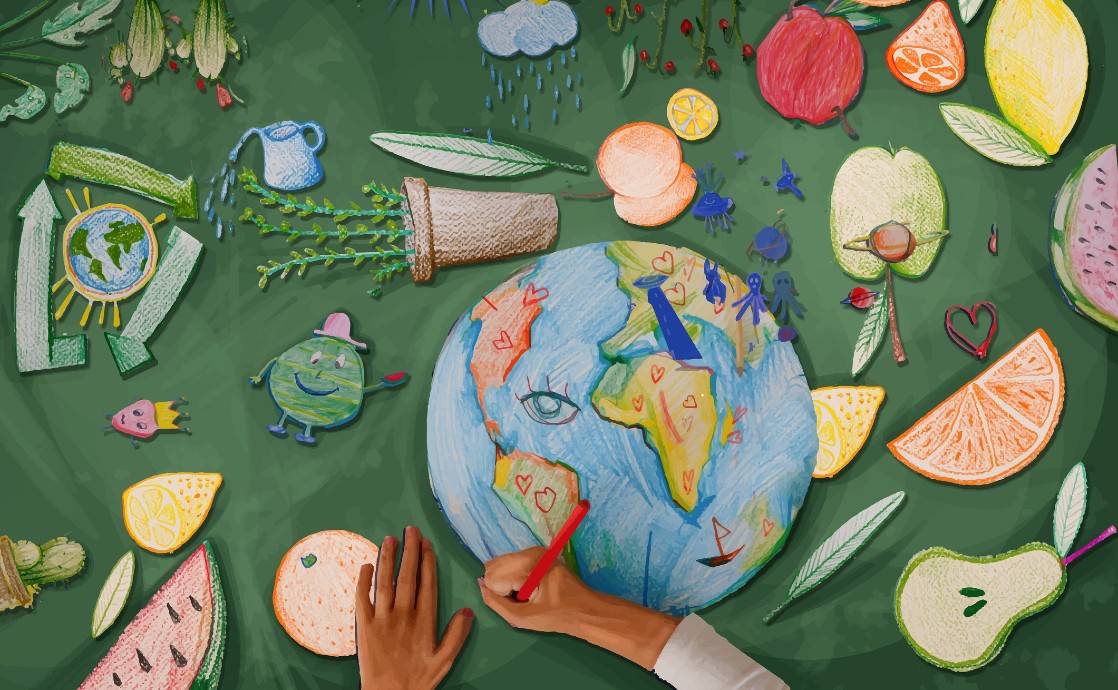Art has long served as a mirror reflecting the intricacies of the human experience, illuminating the contours of civilization with creativity and vibrancy. In the Bahá’í perspective, the role of artists transcends mere aesthetic pursuits; it encapsulates a profound necessity for the evolution of society. This intricate relationship between art and civilization invites exploration into why artists are deemed indispensable to perfecting our collective existence.
1. Art as a Catalyst for Transformation
Art possesses the unique proclivity to catalyze transformation within individuals and societies alike. Through its various forms—be it visual, literary, or performative—art challenges perceptions and provokes thought. The Bahá’í teachings illuminate this transformative capacity, positing that art can awaken the latent potential within individuals, urging them toward self-discovery and realization. This awakening is crucial for personal growth and, by extension, societal advancement.
2. Promoting Unity through Diversity
In a world often fragmented by divisions of race, ethnicity, and culture, art serves as a conduit for unity. Bahá’í principles advocate for the oneness of humanity, and artists are positioned at the forefront of this movement. Their work can transcend cultural barriers, fostering dialogue and promoting understanding. By celebrating diversity, artists craft narratives that resonate universally, thus weaving a tapestry of interconnected experiences that contribute to a more harmonious civilization.
3. The Role of Imagination in Human Endeavors
Imagination is a fundamental attribute of the human spirit, and in the Bahá’í view, it is integral to the progress of civilization. Artists harness this imagination to envision alternate realities and possibilities, often cases from fresh and unexpected angles. By instilling a sense of wonder and curiosity, they pave the way for innovative solutions to the pressing challenges faced by humanity. In this sense, art becomes an essential tool for both personal and communal problem-solving.
4. Art as a Means of Spiritual Connection
Beyond its aesthetic allure, art serves as a vessel for spiritual expression. The Bahá’í teachings underscore the importance of spirituality in the unfolding of civilization. Artists have the ability to convey complex spiritual concepts through their work, thus enriching the spiritual lives of individuals. The emotional resonance created by art fosters a deep connection between the observer and the spiritual realm, acting as a bridge that transcends the limitations of language and rational thought.
5. Encouraging Emotional Healing and Resilience
Emotional well-being is a cornerstone of a thriving civilization, and art possesses remarkable healing qualities. Through artistic expression, individuals can process their emotions, confront traumas, and find solace in shared experiences. The Bahá’í teachings emphasize the importance of nurturing the human spirit, and art plays a pivotal role in this endeavor. By offering avenues for expression, artists facilitate emotional healing and resilience, empowering individuals to contribute positively to the larger community.
6. Art and Ethical Reflection
Art is inherently tied to ethics, prompting reflection on the moral dimensions of our choices and actions. In aligning artistic endeavors with the ethical teachings found within the Bahá’í faith, artists can inspire introspection and encourage a more profound consideration of societal norms. The ethical implications of artwork can challenge prevailing injustices or advocate for compassion, thus shaping public dialogue and inspiring collective action toward a more equitable world.
7. Education and the Art of Learning
Education is critical for the advancement of civilization, and art plays an essential role in the learning process. The Bahá’í perspective promotes education as a lifelong journey, one that not only imparts knowledge but also fosters creativity and critical thinking. Artists contribute to this educational landscape by creating works that inspire curiosity and engagement. Through artistic endeavors, individuals can develop a deeper understanding of themselves and the world around them, thus enriching the educational experience.
8. The Future of Civilization: An Artistic Vision
As we look toward the future of civilization, the need for artists becomes increasingly pronounced. They are not merely observers of society but active participants in its evolution. By cultivating a visionary perspective, artists can guide humanity toward a future characterized by unity, equity, and creativity. Bahá’í teachings remind us that as civilization progresses, art must evolve with it—adapting to new realities while continuing to inspire and uplift.
Conclusion
The imperative for artists in the quest to perfect civilization cannot be overstated. Their role as catalysts for transformation, advocates for unity, and harbingers of imaginative thought positions them as essential contributors to the advancement of humanity. By embracing the potential of art, society can elevate its collective consciousness, fostering a future infused with creativity, compassion, and an unwavering commitment to the betterment of all. In a world increasingly craving connection, it is the artists who will help light the way toward a more harmonious and enlightened civilization.
